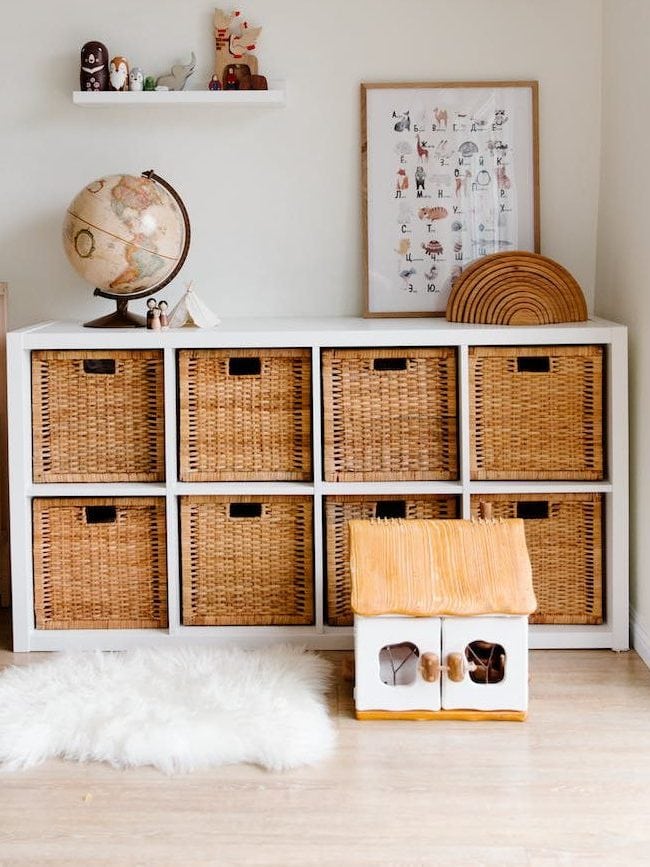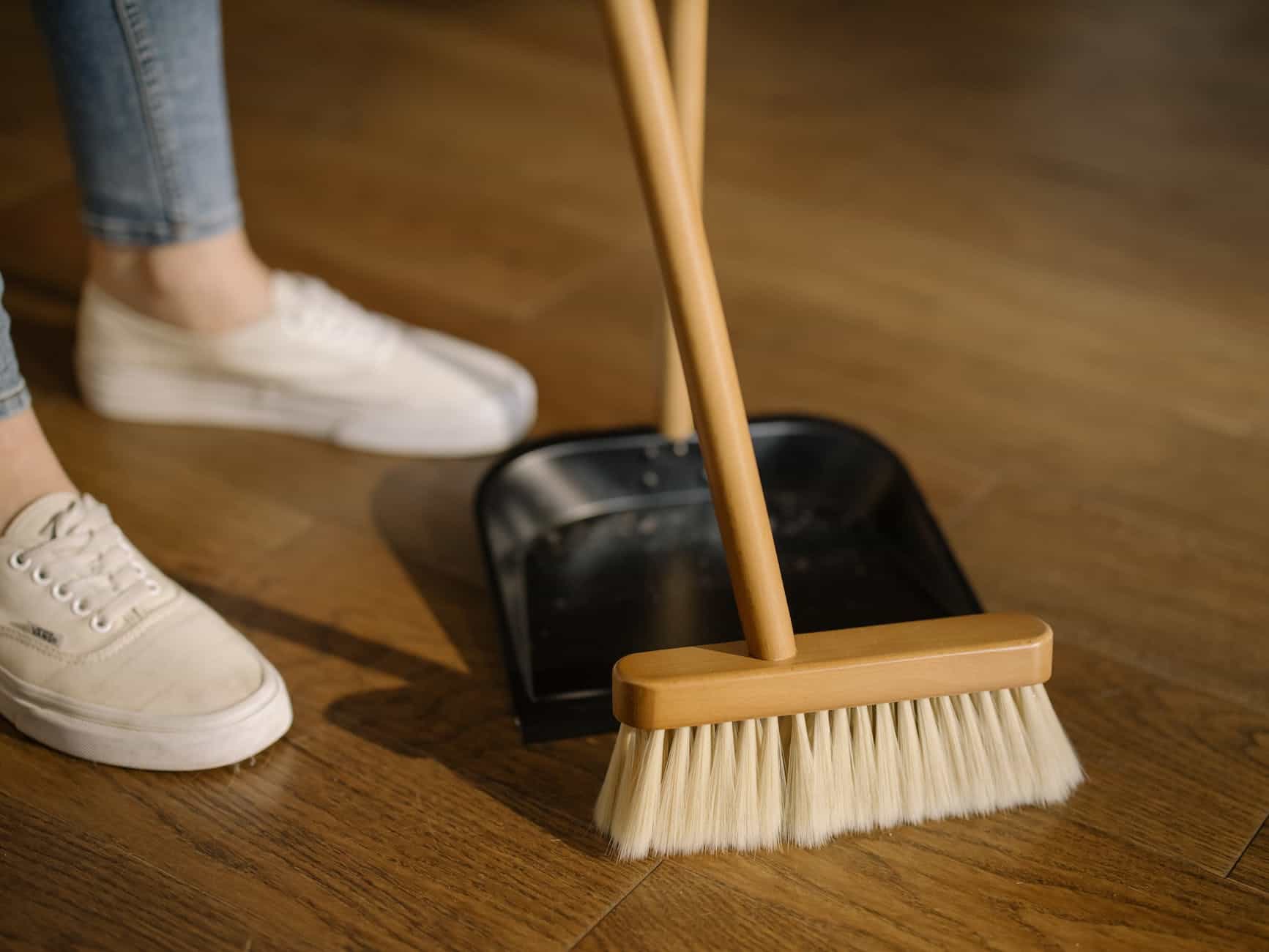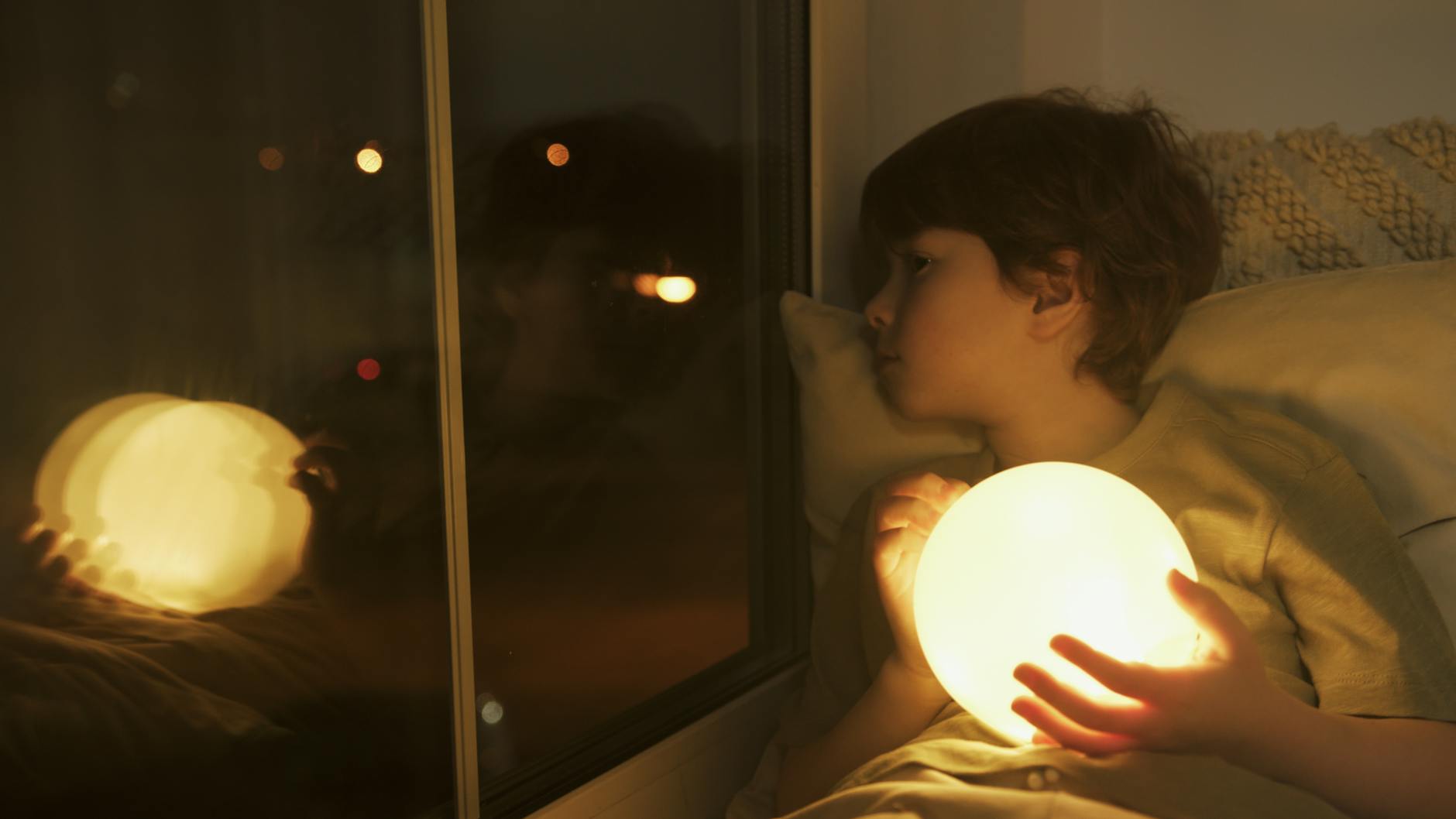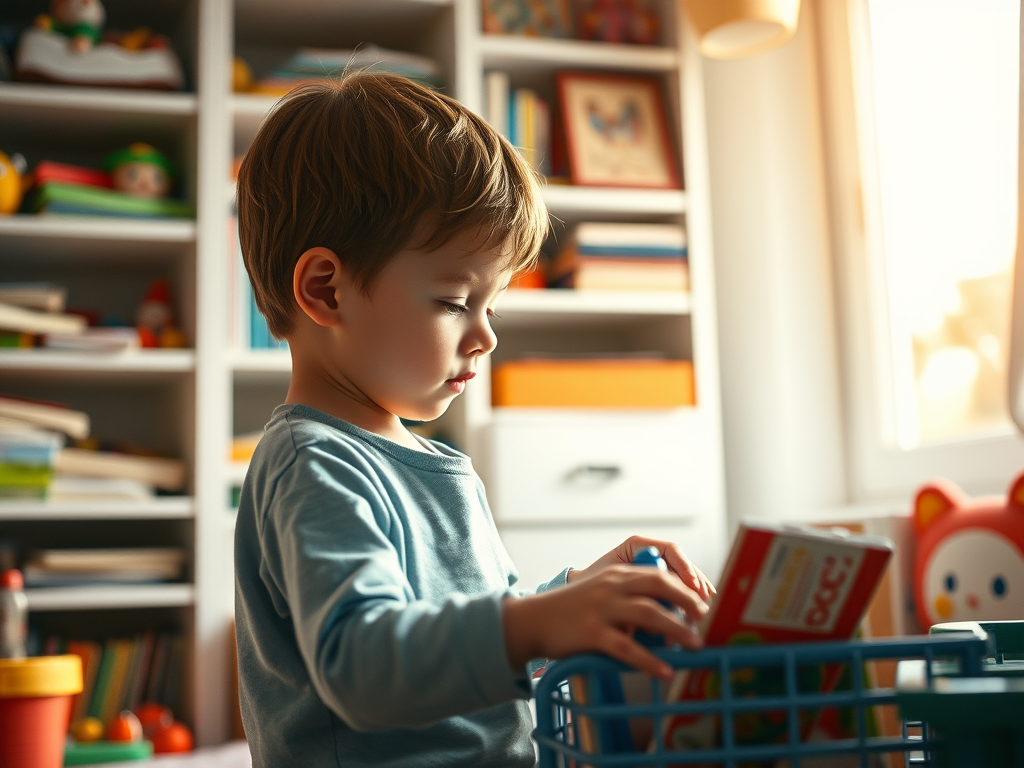Free & Fun Board Game to Help Kids Clean Their Rooms: The Clean Your Room and Be Silly Game™

The Clean Your Room and Be Silly Game ™
Below you will find a pdf of the Clean Your Room and Be Silly Game followed by information about the benefits of utilizing a game like this to complete tasks with your child.
Download a larger version of the Clean You Room and Be Silly Game™ here!
[embeddoc url=”https://educationandbehavior.com/wp-content/uploads/2023/05/THE-CLEAN-YOUR-ROOM-AND-BE-SILLY-GAME-1.pdf”]Download a larger version of the Clean You Room and Be Silly Game™ here!
Research supports the use of games to motivate children to complete challenging or undesirable tasks.
According to research, games motivate children to work on challenging or undesirable tasks because they are interactive and fun.
With games, children also feel a sense of accomplishment when they have won or completed a challenge.
Additionally, when children practice games they feel a sense of success as they improve skills in particular areas.
This is why I want you to try the Clean Your Room and Be Silly Game that I shared above. You and your child can have fun, connect, and learn together while building skills.
Your child can progress to a place of independence with room-cleaning and organization.
When a child has a lot of belongings or messes in their room, they may feel unsure of where to begin.
This can be overwhelming for a child and make it challenging for them to even start the cleaning process.
Give your child the support they need to develop a structured and organized routine to keep their room clean.
When children receive support to develop an organized and structured way to keep their room clean, they have a better understanding of what is expected.
With consistency, many children will gradually learn to initiate and complete their room-cleaning routine independently.
Teach children how to categorize or group certain items together (e.g., pencils and pens, books, toys, etc.).
Demonstrate how to use bins, shelves, drawers, etc. to keep belongings organized. Labeling containers with words or images makes it easier for children to stay organized.

Make cleaning and organizing manageable by breaking it up.
Allow children to take brief breaks if they need to. For instance, they may clean for five minutes and take a break for two minutes over the course of 30 or 60 minutes.
You May Like: 3 Ways Timers Can Help Children Complete Chores & Homework
Another option is to work on one section of the room and then take a short timed break. For example, organize dresser drawers and then take a break, before vacuuming the carpet, as an example.
Be a role model.
Show your child the importance of cleaning by teaching them skills, and demonstrating how to complete them efficiently.

References:
- Games, Motivation, and Learning: A Research and Practice Model
- The Effectiveness of Intervention with Board Games: A Systematic Review
- Examining Board Gameplay and Learning: A Multidisciplinary Review of Recent Research
Download a larger version of the Clean You Room and Be Silly Game™ here!
Image and text version of The Clean Your Room and Be Silly Game™
Download a larger version of the Clean You Room and Be Silly Game™ here!

How to Play the Clean Your Room and Be Silly Game ™ |
|
One Player Version: Pull up the game board on your screen or print it out. If you print it out, you can place the board on a table or floor. If you use the screen close your eyes and use your finger or computer mouse to land on a random square on the game board. If you print it out, you can roll a small object like a stone or coin. You must complete whatever task is in the square you land on. As an alternative, you can print out one extra game board and cut the squares out. You can put the squares in a bowl, clothes your eyes, and choose one. Each time you complete a square, put something in it like an X or a coin so you know that it’s done. When you complete ten squares you have won the game.
|
|
Two-Player Cooperative Version: Set a timer for 45 minutes. Use the same method described in the One-Player version to select squares on your gameboard. However, in the Two-Player Cooperative Version, you will work with a teammate, so you each do a task in your own room or space after you land in a box on You will also use two game boards – one for each player. Each time you complete a square, put something in it like an X or coin so you know that it’s done. When you complete 20 squares together in under 45 minutes (10 on each card), you beat the game. |
|
Two-Player Competitive Version You will also use two game boards, one for each player. Each time you complete a square, put something in it like an X or coin so you know that it’s done. The first player to complete ten squares on their gameboard is the winner. You can print game boards out or put them side by side on your screen. |






